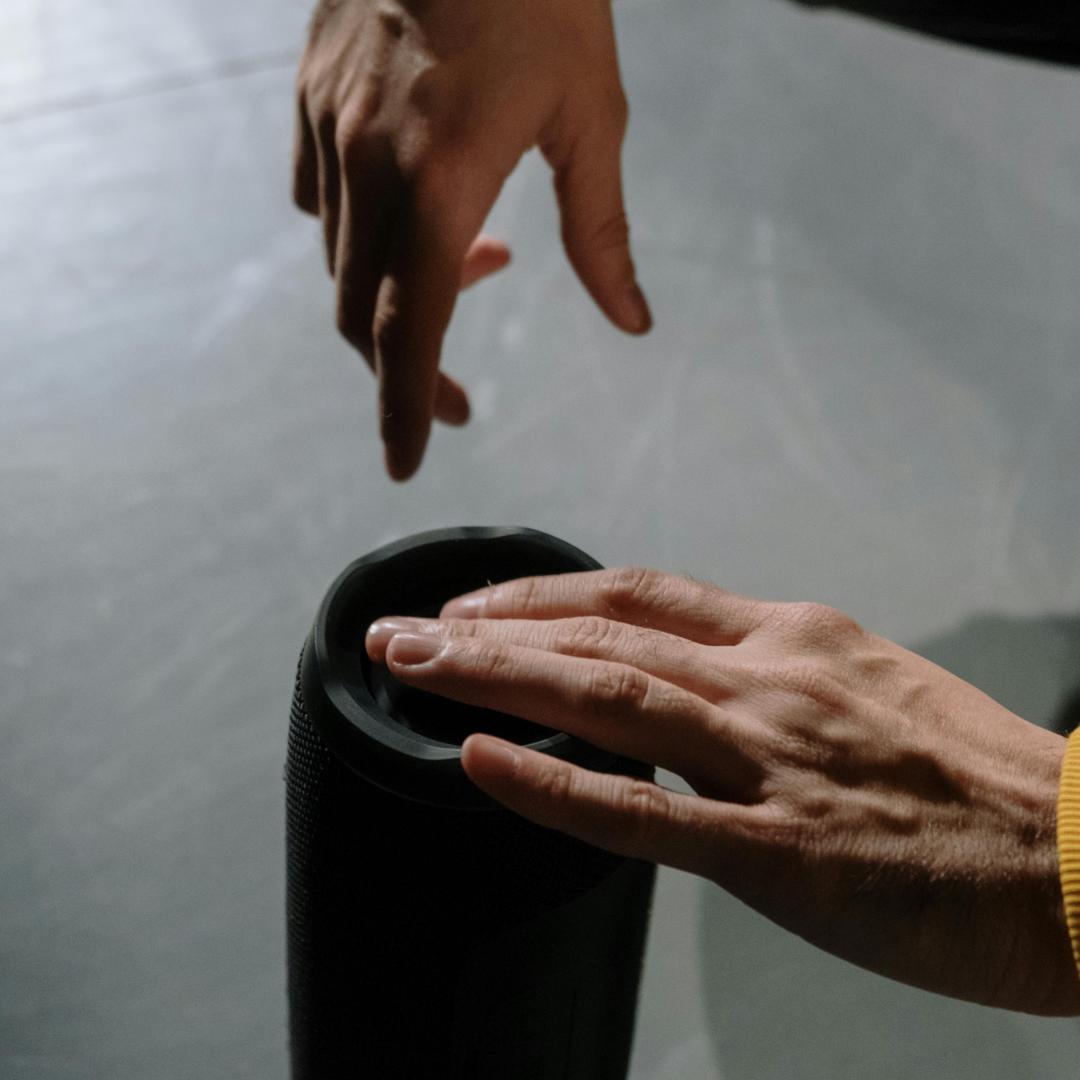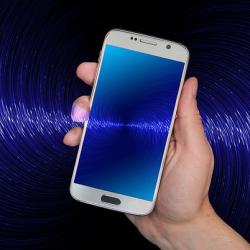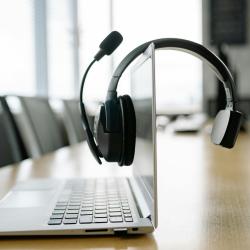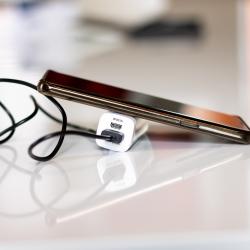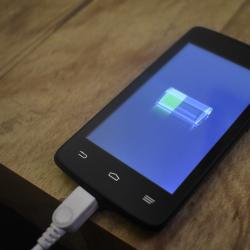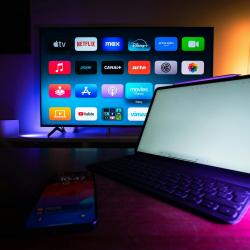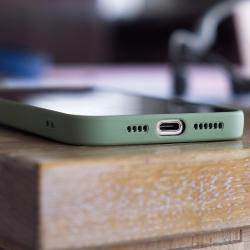How to Fix Bluetooth Audio Issues on Wireless Speakers
Bluetooth speakers have become a staple in our audio experience, providing convenience and portability. However, like any technology, they can sometimes encounter issues, particularly with audio. If you're experiencing problems with your Bluetooth audio, don't worry. Here are several strategies you can apply to resolve these issues and enjoy an uninterrupted listening experience.
1. Check for Interference
Bluetooth operates on a 2.4 GHz frequency, which can be easily impacted by other wireless devices, including Wi-Fi routers, microwaves, and even cordless phones. To minimize interference:
- Move Closer: Ensure your device and speaker are within the recommended range. Most Bluetooth devices have a working range of about 30 feet.
- Limit Obstacles: Walls and furniture can disrupt signals. Try to position your devices in a more direct line of sight.
2. Update Software and Firmware
Ensure both your speaker and the device you are connecting it to (like a smartphone or a laptop) are running the latest software.
- Check for Updates: Manufacturers often release firmware updates to address known issues and improve performance.
- Device Software: Update your smartphone, tablet, or computer's operating system to the latest version available.
3. Reset Bluetooth Connections
Sometimes, simply resetting your Bluetooth connections can resolve lingering issues.
- Forget the Device: On your mobile device, go into the Bluetooth settings, forget the speaker, and then re-establish the connection.
- Reset the Speaker: Some speakers come with a reset button or a combination of buttons pressed at the same time to reset the device to factory settings.
4. Ensure Sufficient Battery Levels
If either your speaker or your smart device has a low battery, it might affect the quality and reliability of your audio connection.
- Charge Fully: Make sure both the speaker and the connected device are charged adequately for optimal performance.
5. Check for Physical Obstructions
Debris or dust around audio ports or within speaker components can alter sound quality.
- Clean the Device: Carefully clean any ports or the exterior of the speaker with a soft brush or a can of compressed air.
6. Verify Bluetooth Profiles
Different devices support various Bluetooth profiles, affecting sound quality.
- Check Compatibility: Ensure your audio source and speaker support the same Bluetooth audio profile, such as A2DP for stereo audio.
7. Consult the User Manual
Always keep your device's user manual handy, as it may offer specific troubleshooting steps or settings adjustments unique to your device.
- Look for Model-Specific Advice: Some issues might be resolved through a specific button sequence or a setting mentioned in your speaker's manual.
8. Consider Potential Software Bugs
If problems persist, it might not be a user error, but a bug within the software.
- Reach Out: Contact customer support for insights on whether it's a widespread issue and if any patches are available.
9. Conduct a Device Compatibility Check
If your devices recently connected to other Bluetooth-enabled gadgets, ensure they switch to the desired speaker.
- Single Connection: Ensure no other devices are paired or siphoning off the Bluetooth connection signal from your speaker.
Conclusion
Bluetooth technology is generally robust, but occasional hiccups can happen. Employing these troubleshooting steps, ranging from simple proximity checks to software updates, can usually resolve most common audio issues. By understanding how to navigate through these potential problem areas, you will ensure a better, more consistent audio performance from your wireless speaker. Remember that if the issue continues, manufacturer support or professional service centers may be your best resource. Enjoy the uninterrupted tunes!
